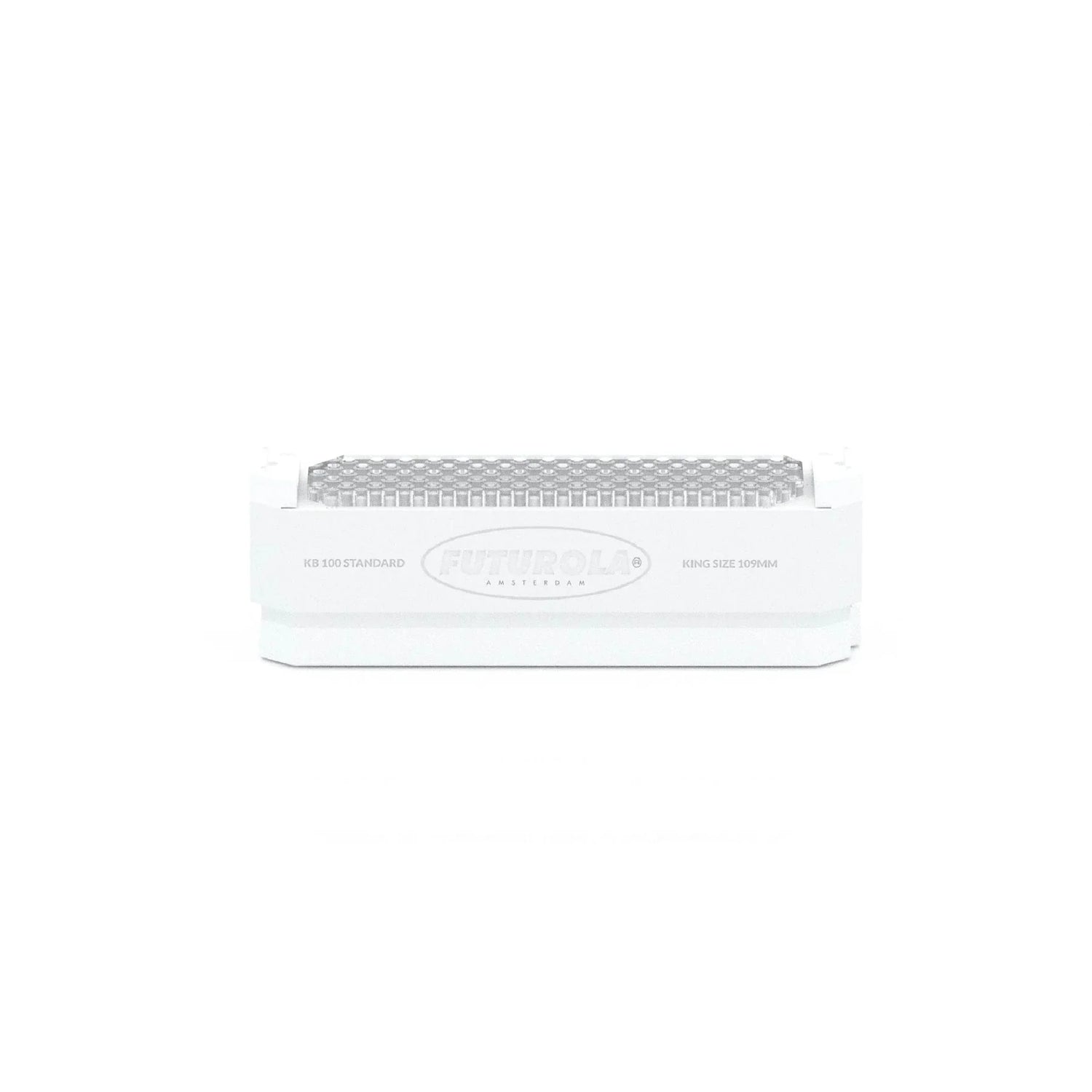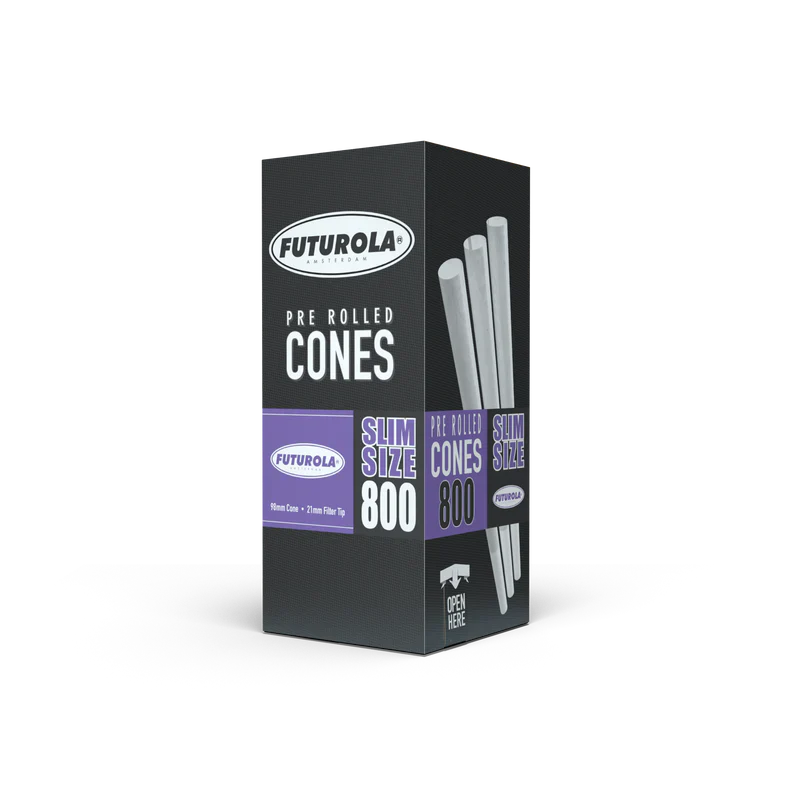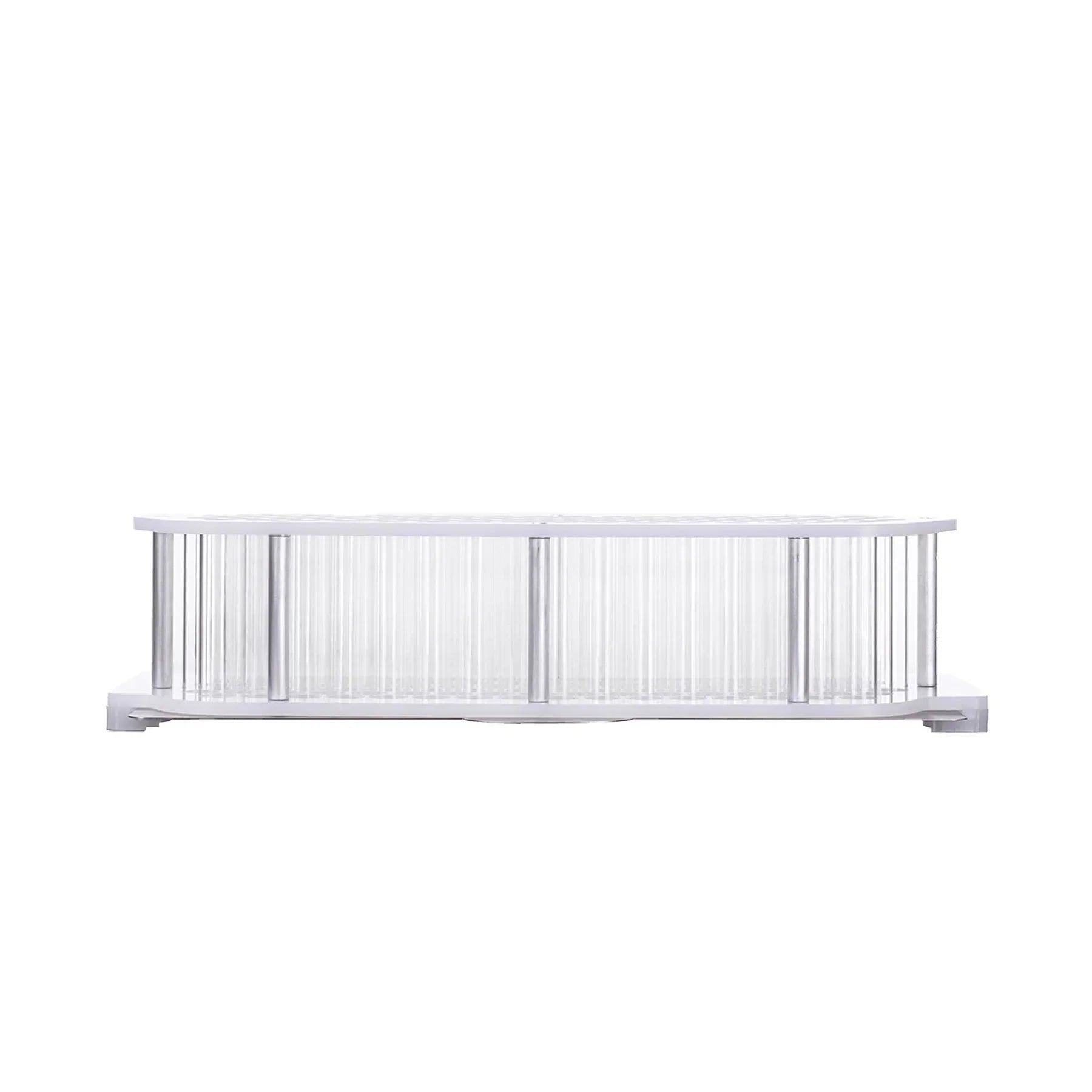A cone packing machine is designed to fill multiple pre-rolled cones with speed, accuracy, and uniformity. This type of equipment is a vital tool for operations that need to maintain consistent quality while meeting high-volume demands. Whether in a small production space or a larger manufacturing facility, it takes the most repetitive aspect of the preparation process and streamlines it for efficiency.
Instead of relying solely on manual packing, which can be inconsistent and time-consuming, a cone packing machine uses measured vibrations or mechanical distribution to settle material evenly into each cone. This ensures that every unit is packed to the same standard, reducing variation between products.
For both commercial operators and small-scale producers, the cone packing machine has become an essential piece of equipment. It helps eliminate common packing errors, maintains quality standards, and allows teams to meet deadlines more easily.
How It Works
A cone packing machine typically operates using a loading tray to hold empty pre-rolled cones upright. Material is placed in a distribution chamber above the tray, which then vibrates or uses other mechanical action to settle the material into the cones. Some machines allow adjustments to vibration speed or duration, giving operators control over density and fill consistency.
The machine’s simplicity in operation means that even new staff can quickly learn to run it. With minimal training, it can be incorporated into daily workflows without slowing production.
Who Benefits From Using One
Any operation that prepares multiple pre-rolled cones at a time can benefit from a cone packing machine. This includes small businesses looking to expand production capacity, large manufacturers aiming to improve consistency, and even individuals who value efficiency in their personal preparation.
Key Benefits of a Cone Packing Machine
A cone packing machine like a Dutch Crown Device, is not just about automation. It’s about improving every step of the production process. From labor savings to product uniformity, the benefits extend to both the producer and the end user.
Its role is particularly important in environments where quality control, speed, and cost efficiency are priorities. The following benefits highlight why this machine has become standard equipment in many operations.
Increased Efficiency and Output
One of the most immediate benefits of a cone packing machine is the increase in production speed. Manual packing can be labor-intensive, with each cone requiring individual attention. A machine allows dozens or even hundreds of cones to be filled at the same time, reducing the hours required for large orders.
This efficiency is especially valuable in commercial environments where time directly impacts profitability. By producing more in less time, operations can meet higher demand without compromising quality.
Consistency in Fill Quality
A well-packed cone burns evenly and provides a consistent experience. Achieving this manually across multiple units can be difficult, as small variations in packing pressure and material distribution can cause differences in airflow. A cone packing machine minimizes these inconsistencies by using controlled motion to settle material evenly.
Consistency is also a key factor in customer satisfaction. When each cone is identical in density and weight, customers know what to expect every time they purchase.
Reduction in Labor Costs
By automating the most repetitive part of the packing process, a cone packing machine reduces the amount of manual labor required. This allows staff to focus on other aspects of production, such as quality control, packaging, or order fulfillment.
For smaller businesses, this means that fewer staff members can produce more in less time. For larger operations, it means that scaling up production does not require proportional increases in labor costs.
Choosing the Right Cone Packing Machine
Not all cone packing machines are the same. The right choice depends on production goals, available space, and budget. Investing in the right model from the start ensures that it will integrate smoothly into the workflow without unnecessary adjustments or delays.
Key factors to consider include capacity, compatibility with cone sizes, ease of maintenance, and durability. The right combination of these features can make a significant difference in long-term performance.
Capacity and Scale
The first consideration is how many cones need to be packed per cycle. Some machines are designed for small batches of 50 to 100 cones, while others can handle up to 300 or more at a time. Choosing a machine that matches production needs prevents bottlenecks and avoids paying for unnecessary capacity.
Operations expecting to grow should consider a machine that offers room for expansion, either through larger trays or modular upgrades.
Compatibility With Cone Sizes
Cone packing machines are built to work with specific cone dimensions. Before purchasing, it’s essential to confirm that the machine accommodates the intended cone size and brand specifications. This includes length, diameter, and filter height.
Using cones that fit perfectly in the tray ensures accurate fills and prevents material loss during operation.
Maintenance and Durability
Like any piece of production equipment, a cone packing machine requires regular maintenance to perform at its best. Choosing a model with accessible components and simple cleaning procedures can save time and reduce downtime.
Durability is equally important, especially in high-volume environments. A well-built machine will handle frequent use without frequent repairs or replacements.
Step-by-Step Guide to Using a Cone Packing Machine
Operating a cone packing machine is straightforward once the process is understood. Following a consistent method ensures optimal performance and maintains the quality of the final product.
While models vary slightly, most share the same general setup and workflow.
Step 1: Prepare the Material
Material should be ground to a medium consistency. Overly fine grinds can restrict airflow, while large pieces may create gaps in the fill. Checking for stems or debris before loading prevents damage to cones and ensures a smoother packing process.
Properly prepared material will settle evenly during vibration or distribution, reducing the need for additional adjustments.
Step 2: Load the Cones
Place the cones into the machine’s tray, ensuring that each one is upright and securely seated. Misaligned cones can result in uneven fills or spills. This step is critical for maintaining uniformity across the batch.
If cones have defects such as bent tips or uneven filters, they should be replaced before loading.
Step 3: Add the Material
Distribute the prepared material evenly into the top loading chamber. Avoid dumping large piles in one spot, as this can cause uneven distribution. A smooth, level spread helps the machine settle the material evenly into each cone.
Step 4: Operate the Machine
Turn on the cone packing machine and allow it to run for the set duration. Some machines have adjustable timers or vibration settings that can be tuned to the desired packing density. Monitoring the first few cycles can help establish the right settings for consistent results.
Step 5: Final Inspection
Once the cycle is complete, remove the tray and check each cone for uniform fill levels. Light tamping may be used to settle any loose material at the top. Any cones that appear underfilled can be topped off before sealing or packaging.
Best Practices for Working With a Cone Packing Machine
To get the most from a cone packing machine, incorporating best practices into the workflow is essential. These habits help maintain efficiency, prevent damage, and ensure consistent product quality.
Proper use and care of the machine not only improve immediate results but also extend the lifespan of the equipment.
Keep the Machine Clean
Residue buildup can interfere with vibration and cause inaccurate fills. Regularly cleaning trays, loading chambers, and surfaces keeps the machine running smoothly. A clean machine also reduces the risk of cross-contamination between batches.
Standardize Material Preparation
Inconsistent grind size or moisture content can lead to uneven packing. Establishing and maintaining standard preparation procedures ensures that each batch performs the same in the machine.
For operations with multiple staff members, providing clear guidelines on grind size and material handling helps maintain uniform results.
Monitor Output Quality
Even with automation, quality control remains essential. Periodically checking filled cones for weight, density, and appearance ensures that the machine is performing correctly. Any changes in output can indicate that adjustments or maintenance are needed.
FAQs
What is a cone packing machine used for?
A cone packing machine is used to fill multiple pre-rolled cones quickly and consistently, making it ideal for both small and large-scale production.
Can a cone packing machine handle different cone sizes?
Yes, but only if the machine is designed for those sizes. Always check compatibility with cone length, diameter, and filter specifications before purchasing.
How many cones can a cone packing machine fill at once?
The capacity varies by model. Some machines handle as few as 50 cones per cycle, while others can pack 300 or more.
Is it difficult to operate a cone packing machine?
No. Most models are designed for ease of use, with simple loading, operation, and cleaning processes.
How should a cone packing machine be maintained?
Regular cleaning, checking for wear, and following the manufacturer’s maintenance schedule will help ensure reliable performance and a long lifespan.





LEAVE A COMMENT
All comments are moderated before being published.
This site is protected by hCaptcha and the hCaptcha Privacy Policy and Terms of Service apply.